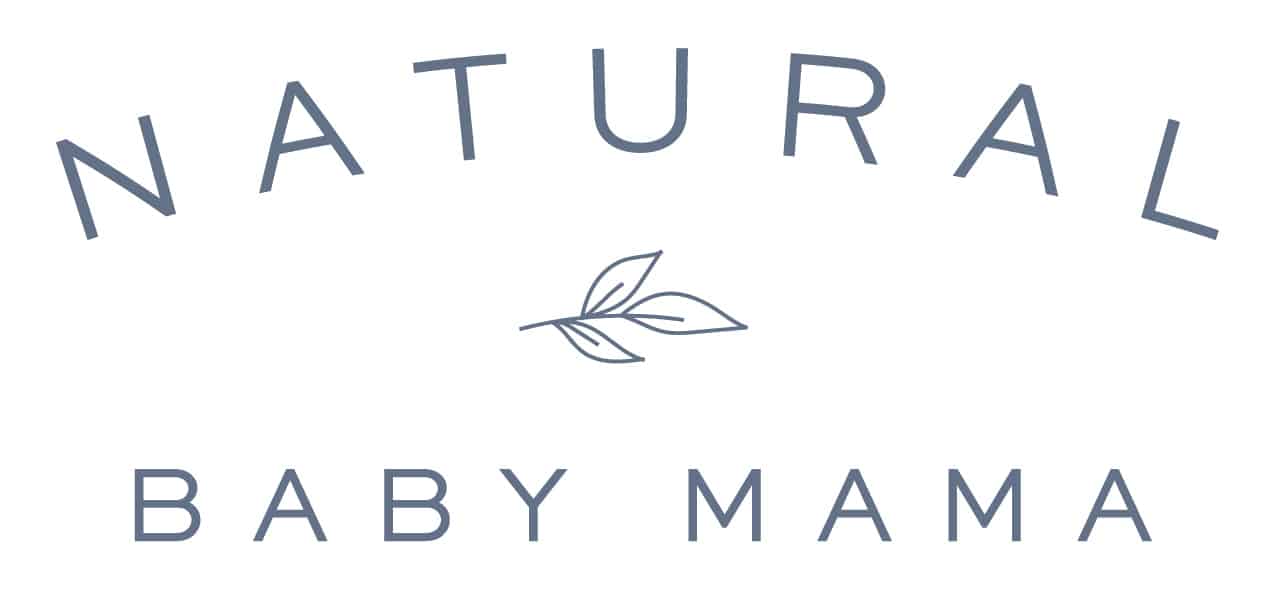We love to express ourselves, whether it be with our home decor or the clothes we wear! The fashion industry is a global economic leader, meaning there are plenty of options to choose the style that best fits you. While shopping sprees and dressing to impress sounds exciting, it’s only the tip of the iceberg when it comes to fashion. Let’s look at what slow fashion is and what it means.
The fashion industry is such a giant, and it has become common for brands to cut corners to increase their bottom line. Instead of using natural materials, many brands opt for synthetic, petroleum-based textiles. Instead of focusing on quality, many mainstream fashion brands are focused on quantity, leading to a boom in fast fashion. Slow fashion counters the world of fast fashion.

The fashion industry accounts for more than 90 billion tons of waste annually. Along with an exponential amount of waste, the fashion industry sits at number three for the highest polluting industries in the world.
However, slow fashion and sustainable fashion are changing this narrative, making the fashion industry more sustainable for everyone.
This post may contain affiliate links. Please see my full disclosure policy for details.
Quick Navigation
What is Slow Fashion
Slow fashion is all about sustainable practices and healthy, quality garments that will last a lifetime. Instead of exporting manufacturing to developing countries and perpetuating terrible working conditions, slow fashion makes sustainable choices around their garments’ design, manufacturing, and distribution.
It is also concerned with creating fashion that respects people, animals, and the environment while ensuring the clothing going to its customers is timeless and of high quality.
When compared to fast fashion, slow fashion is quality-based instead of time-based, whereas fast fashion releases new lines multiple times a season. But slow fashion brands take time to lovingly create each garment, creating small-batch selections of sustainable clothing with less waste and less pollution than the traditional fast fashion brand.
In addition, slow fashion is less concerned with trends, and more about creating versatile pieces that can layer and create classic looks that you can rework into dozens of different outfits.
Why is Slow Fashion Important
Changing our relationship with fashion means understanding the impacts the fashion industry has on our health and planet. Slow fashion aims to change the fashion industry for the better by implementing an eco-friendly, respect-oriented business model for everything involved in creating a garment.
Slow Fashion and Garment Workers
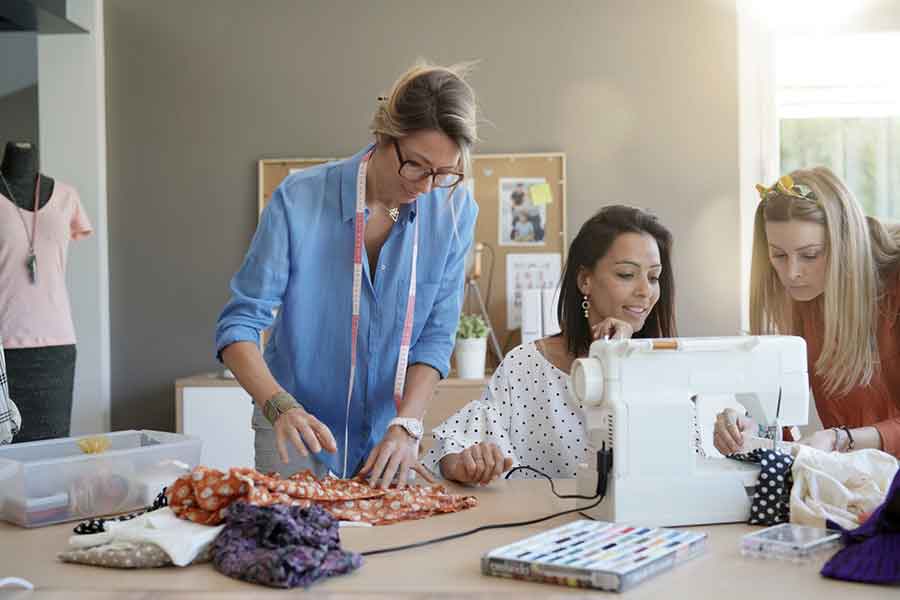
Slow fashion can have excellent benefits for the planet and those involved in the manufacturing sector of the fashion industry. Since fast fashion has risen in popularity, many brands outsource their manufacturing to developing countries where safety protocols are few and far between.
This means that most fast fashion is made by garment workers paid well below the poverty line to work in dangerous conditions.
One of the most prevalent examples of fast fashion going wrong is the Rana Plaza tragedy, where a garment factory collapsed in Bangladesh, killing over 1,100 workers and injuring over 2,000 more. Unfortunately, since this happened in 2013, garment workers in Bangladesh are still fighting against fast fashion brands for safer working conditions.
Slow fashion focuses on supporting garment workers, often manufacturing within the United States or GOTS certified factories in other countries. Slow fashion brands try to meet a high standard of sustainability within every sector of the fashion chain, including manufacturing. So when you purchase from a slow fashion brand, you can rest easy knowing those who made your garment were treated fairly.
Slow Fashion and Your Health
Unlike fast fashion, slow fashion is concerned with the planet’s health, those making the garment, and those wearing the garment.
Fast fashion companies often cut corners by using synthetic fabrics, harmful dyes and preservatives, and other toxins that can cause numerous health problems. Most synthetic materials are petroleum-based, which has been linked to numerous health issues.
Exposure to the different chemicals used to manufacture fast fashion could lead to endocrine disruption, delayed brain development in children, and even cancer.
Slow fashion uses only sustainable materials like certified organic cotton, wool, or latex when making their garments, meaning you can feel good about wearing them for years to come. It’s still important to look for clothing certified with GOTS or Oeko-Tex to ensure that the dyes and finishes are free of toxins.
Sustainable Fashion vs. Slow Fashion
While there is some overlap between sustainable fashion and slow fashion, they aren’t exactly the same. Sustainable fashion focuses on the materials used to create the garment and where they come from. Sustainable fashion focuses on natural and organic materials to make their pieces.
While slow fashion is also concerned with using natural, organic fibers, it also focuses on the entire process of making a garment and ensuring that the workers, animals, and the environment are treated fairly. You can learn more about sustainable fashion here!
Slow Fashion and the Planet
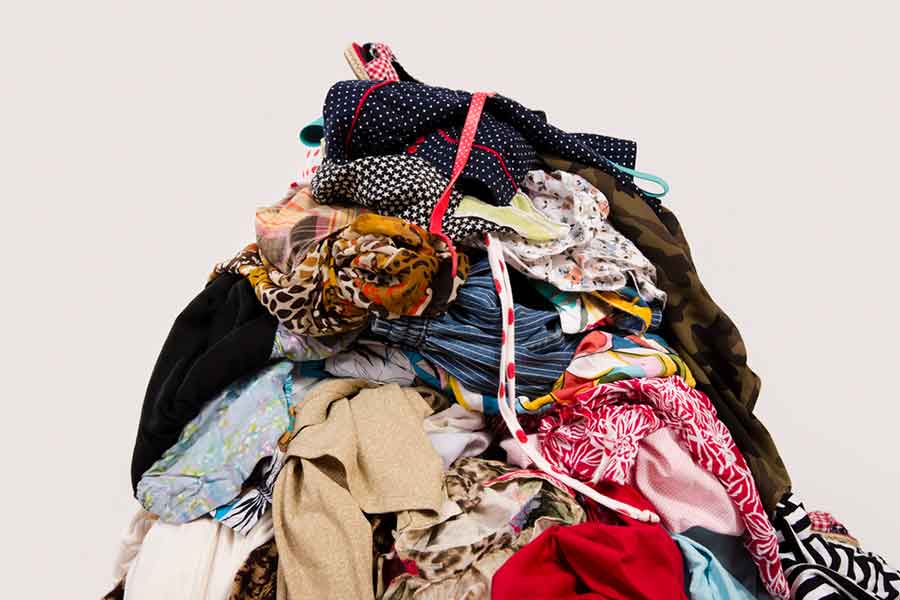
With hundreds of tons of clothing ending up in landfills every year, chemical runoff from garment factories, and harmful farming practices to produce the fibers, there is a lot of room for improvement for the fashion industry and our environment.
Slow Fashion is setting out to change this narrative. Because fast fashion is focused on its bottom line and creating cheap, chemical-ridden garments as quickly as possible, they cut corners on sustainable environmental practices.
Fast fashion accounts for 10% of global carbon emissions. That’s equivalent to the entire European Union.
Not only is fast fashion increasing carbon emissions. It’s also polluting rivers and waterways with chemical runoff while drying up other water sources. The fashion industry uses more water than almost any other industry, using around 700 gallons of water just to make one t-shirt.
Slow fashion aims to change all of that instead of focusing on sustainable manufacturing practices that utilize organic natural textiles, safe dyeing and finishing practices without harsh chemicals, and decreasing their carbon footprint where ever they can.
Slow Fashion Brands
These ethical and slow fashion brands all use organic and natural fibers. When looking for new clothing, look to these brands.
Creating a Slow Fashion, Sustainable Wardrobe
After realizing the benefits of slow fashion, you may be ready to replace all your clothes with sustainable pieces from slow fashion brands. Creating a slow fashion wardrobe is a great way to reduce the number of clothes in landfills while lowering your carbon footprint. But finding slow fashion and sustainable pieces may be more complicated than heading online or to the mall to find fast fashion.
Organize
The first thing you want to do when building a sustainable wardrobe is going through the clothes you already have.
You might even find some sustainable pieces that will go great in your slow fashion wardrobe. Start by organizing your clothes in piles and then decide what you want to keep and what you don’t want to keep.
Make sure you donate your unwanted clothes to places that won’t just throw them away. Giving them to friends or a local women’s shelter is a great way to ensure they will have more use and not end up as waste in the landfill. Once you have your clothing organized, you can see the pieces you need to purchase.
Shift Your Relationship with Shopping
When you choose to have a sustainable wardrobe, it’s important to understand how this can affect your shopping habits. Speeding off to buy a new outfit for every occasion is a thing of the past.
Instead of impulse buying clothes, take the time to research the brand and its sustainability practices to ensure you’re getting a quality piece for your wardrobe. Shifting your shopping habits from a place of want to a place of need is essential to keeping your wardrobe sustainable. You don’t want to buy a garment unless you know you’ll wear it over and over again.
When you start making informed shopping decisions when it comes to clothes, you’ll notice that you’re buying less but getting much more use out of the pieces in your closet. This will also help you save money in the long run, as well.
Buy Quality, Sustainable Pieces
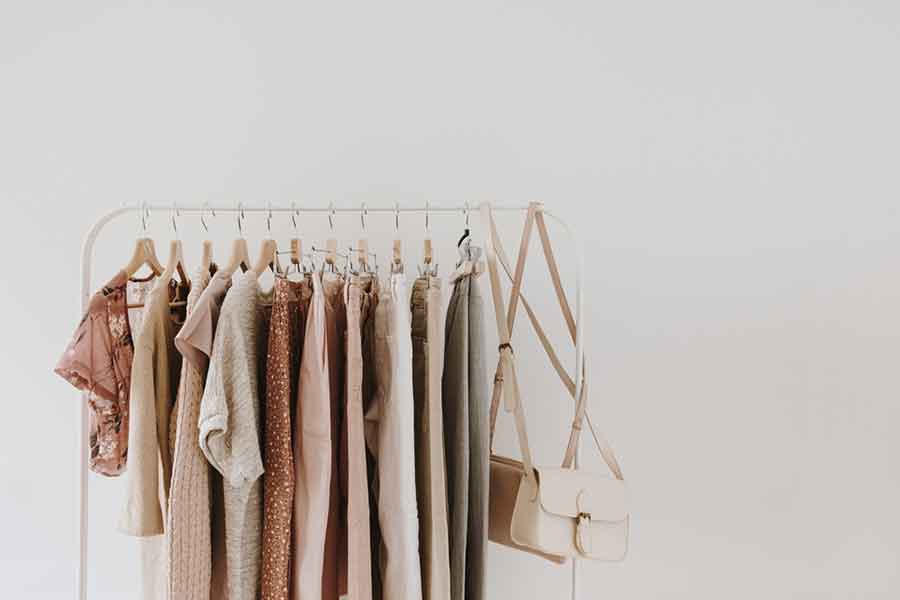
When shopping for your sustainable wardrobe, you want to buy quality, sustainable pieces. That means avoiding cheaply made fast fashion brands.
Instead, look for certified organic fibers like cotton and wool when purchasing clothes. They may be a bit more expensive, but they will last much longer than their fast fashion counterparts.
By buying quality clothing, you know the lifetime of the garment will last many years without breaking down and ending up in the trash.
Take Care of Your Clothing
Learning how to care for your clothes will go a long way in keeping their lifespan long. Make sure to read the care label on the tag and follow the instructions.
Also, learning basic sewing practices can help you stitch up tears, patch holes, and repair loose seams. This will go a long way in keeping your sustainable clothing pieces like new for years to come.
Final Thoughts
Fast fashion has become the norm for the fashion industry, but fast fashion practices are harming our planet, our health, and garment workers in developing countries across the globe.
Instead of falling prey to wasteful fast fashion practices, turn to slow fashion for a sustainable approach to your wardrobe. Slow fashion focuses on ensuring every aspect of creating a garment is fair to garment workers, animals, and the planet.
You can decrease the number of clothes in the landfill each year and reduce your carbon footprint by switching to a slow fashion, sustainable wardrobe filled with quality pieces you’ll want to wear again and again. It can be overwhelming to find truly safe products, so I have created my Amazon Storefront for vetted, non-toxic products, including clothing.
Pin it for later!
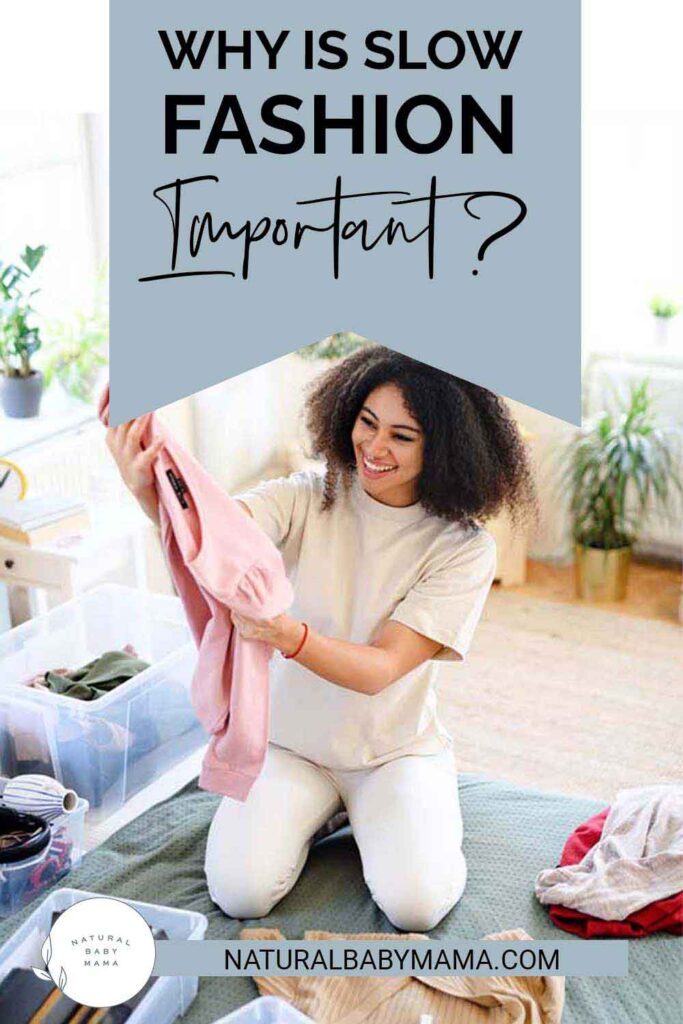
Posts Related to Slow Fashion
- Sustainable and Ethical Organic Clothing Brands
- Fast Fashion Problems
- Is Organic Clothing Worth Buying?
- Organic Clothing Certifications
Sources:
- “Fashion & Textile Waste Statistics: Facts About Clothing In Landfills.” Eco Friendly Habits. ecofriendlyhabits.com.
- Shams Rahman and Aswini Yadlapalli. “Years after the Rana Plaza tragedy, Bangladesh’s garment workers are still bottom of the pile.” The Conversation. 22 April 2021. theconversation.com
- “Flame Retardants.” niehs.nih.gov.
- Morgan McFall-Johnsen. “The fashion industry emits more carbon than international flights and maritime shipping combined. Here are the biggest ways it impacts the planet.” Business Insider. 21 Oct 2019. businessinsider.com
